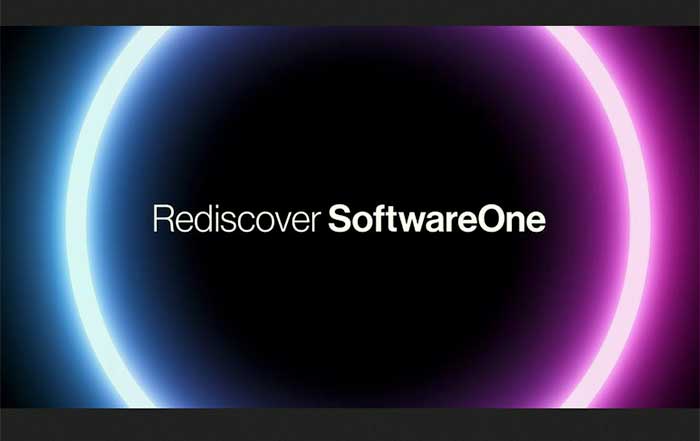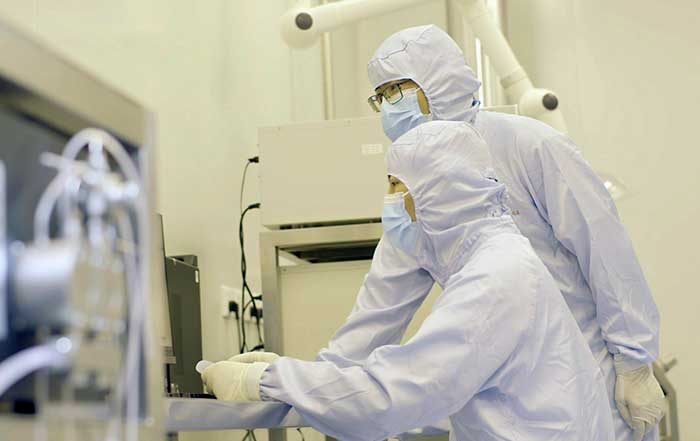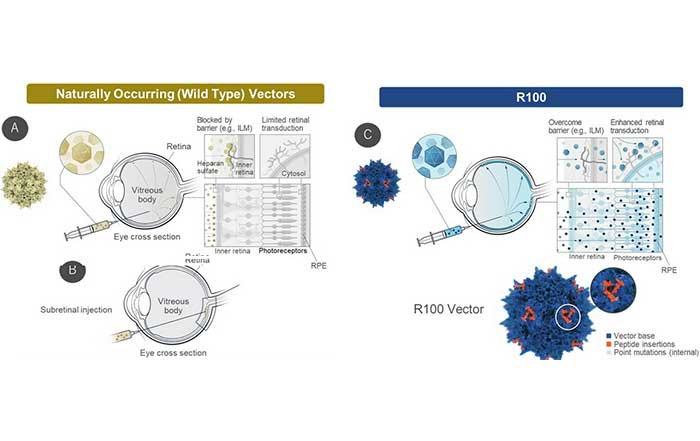SoftwareOne Holding AG, a leading global software and cloud solutions provider, has committed to setting science-based emission reduction targets in line with the Science-based Targets Initiative (SBTi), underscoring its commitment to helping prevent the most severe impacts of climate change.
Brian Duffy, CEO of SoftwareOne, said “We plan to reach net-zero by 2030 by further embedding sustainability in our own operations and value chain, and will continue helping our customers advance their sustainability goals. We are proud to join the ranks of other leading companies committed to reducing their carbon footprint and promoting sustainable practices.”
Science-based targets build on the latest climate science to determine what actions are needed to meet the goals of the Paris Agreement – to limit global temperature rise to 1.5°C above pre-industrial levels. They are set by companies and validated by the Science Based Targets initiative (SBTi), a partnership between the Carbon Disclosure Project (CDP), the United Nations Global Compact (UNGC), the World Resources Institute (WRI) and the World Wide Fund for Nature (WWF).
SoftwareOne recently published its first ESG report, aligned with the Global Reporting Initiative (GRI) international reporting standard. Committing to the SBTi is an important next step for SoftwareOne to achieving its carbon reduction strategy.
SoftwareOne is a leading global software and cloud solutions provider that is redefining how organizations build, buy and manage everything in the cloud. By helping clients to migrate and modernize their workloads and applications – and in parallel, to navigate and optimize the resulting software and cloud changes – SoftwareOne unlocks the value of technology. The company’s 9,250 employees are driven to deliver a portfolio of 7,500 software brands with sales and delivery capabilities in 90 countries. Headquartered in Switzerland, SoftwareOne is listed on the SIX Swiss Exchange under the ticker symbol SWON. Visit us at www.softwareone.com
The SBTi is a partnership between the Carbon Disclosure Project (CDP), the United National Global Compact (UNGC), the World Resources Institute (WRI), and the World Wide Fund for Nature (WWF). By signing a commitment letter to the SBTi, companies commit to submitting a near-term or net-zero science-based emissions reduction target in line with SBTi’s target-setting criteria within 24 months. Science-based targets build on the latest climate science to determine what actions are needed to meet the goals of the Paris Agreement, which aims to limit global temperature rise to 1.5°C above pre-industrial levels. These targets are set by companies and validated by the SBTi.




